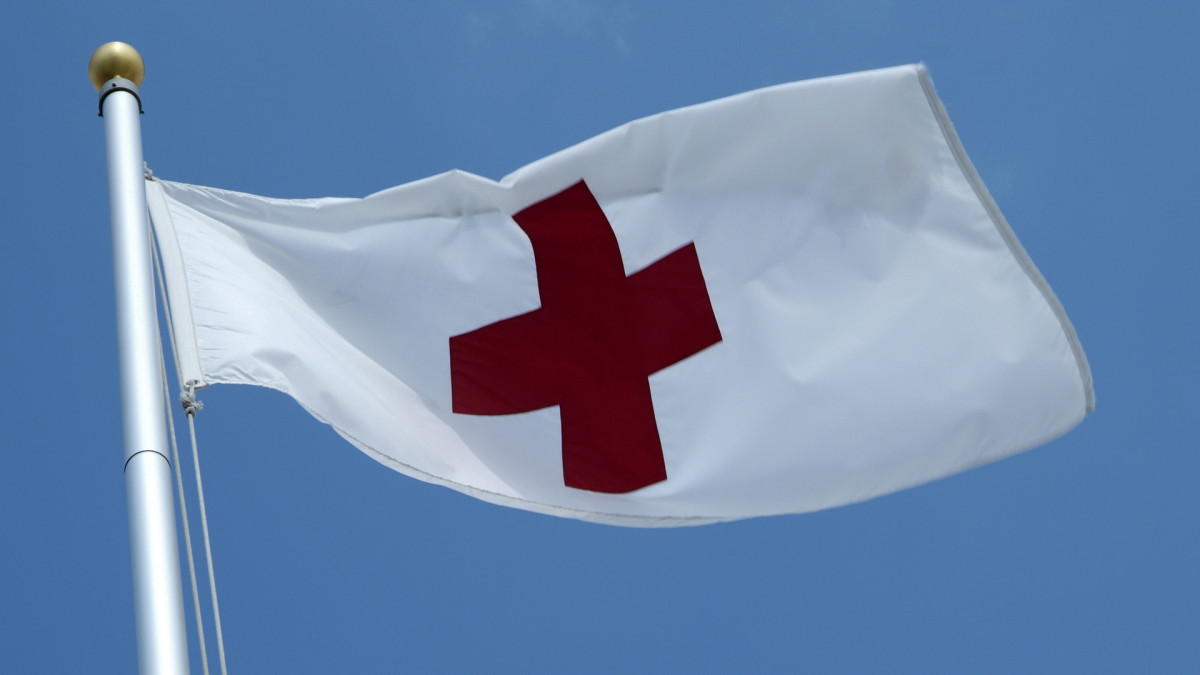Rising suicide among people of color in America
During the Corona era, grief, financial stress, and social isolation had unbearable effects on the American psyche, with many pathologists warning that the Corona virus had created a “complete storm” of suicidal ideation. The
Although 2020 marks the second consecutive year of declining suicide rates in the United States, research shows that the coronary suicide phenomenon and declining incomes and job losses among the low-income classes have led to an increase in suicide rates.
Preliminary studies in states such as Illinois, Maryland and Connecticut show an increase in suicides among black Americans and other people of color compared to previous years.
However, despite these local findings, the federal government has not yet reached a definitive conclusion on the extent and cause of suicide nationally.
“We can not come to any bold conclusions until we have more national data, because it may only be certain areas or certain cities,” said Ariel Shaftal, chief investigator at the Center for Suicide Prevention and Research at Columbus Children’s Hospital, Ohio. “They have experienced these increases.”
“Suicide rates usually drop during wars or natural disasters, when people feel compassion for surviving a common enemy,” he said. “However, prolonging this joint pain can cause fatigue and frustration.”
“In the early stages of a natural disaster, there is a sense of social empathy, a sense that we are all in this together,” said Dr. Christian Motier, senior medical director at the American Suicide Prevention Foundation.
“A new global study of suicides among residents of 10 countries and 11 states or regions with higher incomes found that suicides declined during the early months of the Corona epidemic,” he said.
In the United States, the epidemic has had a disproportionate impact on communities of color.
Hispanics, blacks, and Native Americans, as well as Alaskan natives, are more likely to be hospitalized and die from coronation than white Americans. Two out of five black Hispanic Americans have lost a close friend or family member to Corona, compared to one in four white adults.
Colored people are financially disadvantaged, especially low-income people who have lost their jobs, and those who have kept their jobs are also exposed to the virus on a daily basis.
A new study shows that one in 12 adults has suicidal thoughts. Hispanic Americans in particular have said that doubts about their ability to maintain a roof over their head and enough food for the family have exhausted their souls.
“Some Americans fell into poverty for the first time during the pandemic, and their sense of identity and temperament was shattered,” said Dr. Brandi Jackson, a psychiatrist and director of behavioral health at Howard Brown University in Chicago.
Dr. Jackson says news reports of black murders were a double blow to black Americans.
“His son was disappointed when the school did not reopen as expected earlier this year,” said Rodney Moore Sr. of Anaheim, California, who lost his 14-year-old son Rodney Jr. to suicide in January.
Mr Moore urged parents to be vigilant about any changes in their children’s behavior or mood that could indicate frustration with their future.
Public health officials in Chicago were among the first to notice that although the overall number of suicides remained stable during the first eight months of 2020, the number of suicides among black residents increased.
Officials are particularly concerned about the rising suicide rate among black youth in their 20s, and have responded by increasing funding for crisis hotlines and providing more mental health services.
Ohio State Health Officials reported a similar uptrend in January: While overall suicide rates in the state fell by 6.8 percent, the rate was 27.7 percent among black residents and among individuals. Spanish was up 6 percent.
“When we talk about coronas and the amount of trauma, grief and stress at the community level, we should not underestimate it,” said Matthew Richards, Chicago Public Health Deputy Commissioner for Behavior.
There is a similar trend in Maryland, where researchers analyzed suicide-related deaths from declaring a state of emergency and then compared them with statistics from the same period over the past few years.
The study found that suicides among white Americans had dropped by 50 percent among blacks in the state.
“It is clear that the epidemic has hit African Americans more than whites,” said Dr. Paul Nestadt, an assistant professor of psychiatry and behavioral sciences at Johns Hopkins, lead author of the study, which was published in the December issue of the journal Jama Psychiatry.
“The Corona epidemic may have been a complete storm, but we were all in very different boats during that storm,” he said.
In Connecticut, scientists at Yale University noticed alarming changes during the state’s crackdown. Suicide was declining among white residents but was increasing among non-white populations.
Of the 74 Connecticut residents who lost their lives to suicide during the state crackdown, 23 percent were identified as non-white, a nearly double increase.
“The findings were deeply disturbing, and it turned out that financial pressure played a key role in this increase,” said Dr. Thomas O. Mitchell, a psychiatrist and co-author of the article, which was published in the December issue of the journal Psychiatric Research.
“People in low-income groups of color are struggling with unique economic challenges,” he said. The financial crisis of losing a job during an epidemic may be felt even more severely by these communities.
The obsession of being beautiful behind a mask
Everything you need to know about Vitamin B15 (Pangamic Acid)
Iron deficiency anemia; Symptoms, causes, diagnostic tests and treatment
